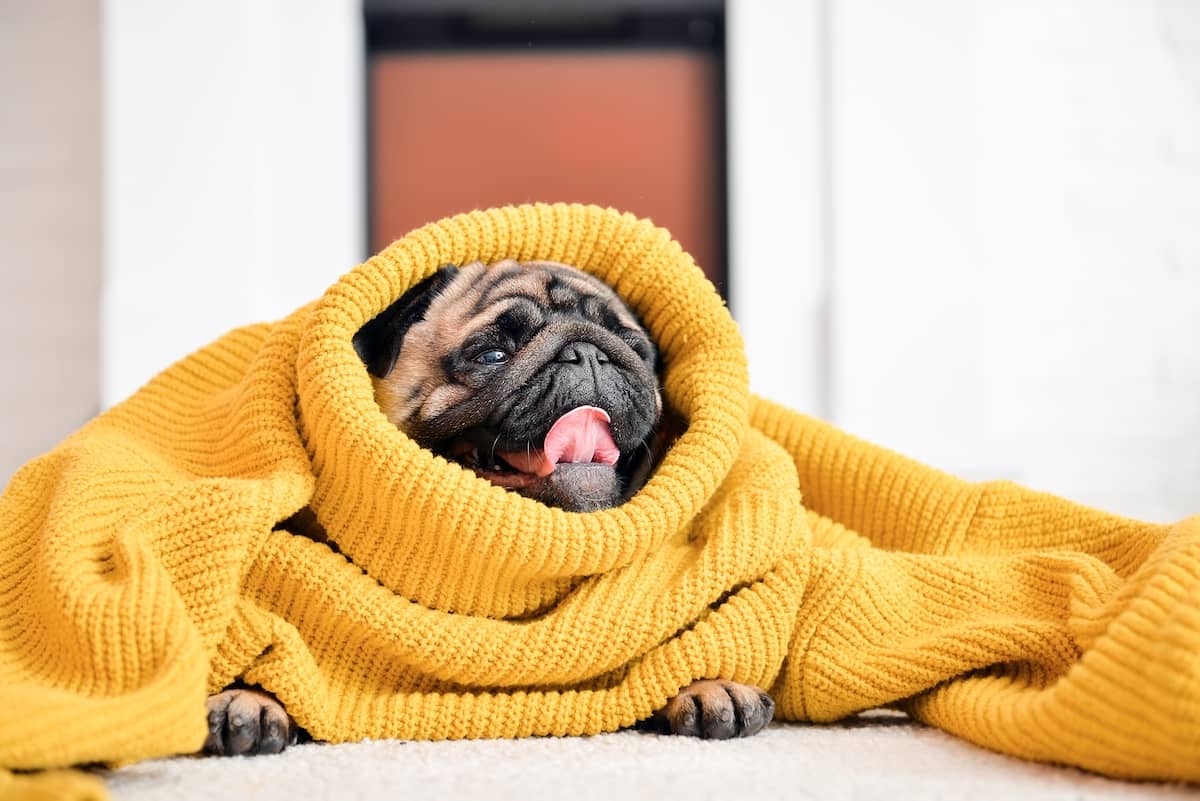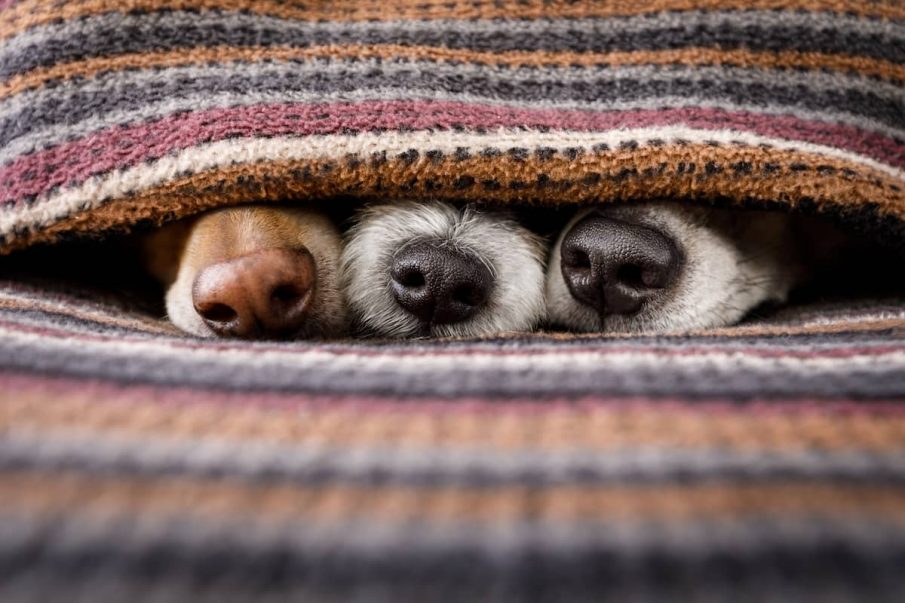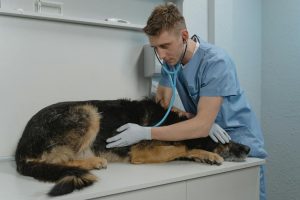Pet owners should consider their dog’s comfort and safety in these chilly winter temperatures. Keeping your dog warm and healthy this winter should be at the front of their mind, as depending on your dogs breed, they can certainly feel the cold.
Following extremely low temperatures and winter storms causing strong winds, pets across the country are feeling the chill.
No dog owner wants their beloved animal to suffer. Although they might not be showing signs of discomfort, dogs are affected by the cold as much as humans.
Signs of Dogs Feeling the Cold
Some breeds will feel the cold more than others, especially those with a shorter or finer coat. There are some clear signs in dogs when they feel the cold. Body language and behaviour can help to distinguish whether they are feeling the cold. The most obvious signs are:
- Shivering or trembling
- Continuous whining or barking
- A hunched posture
- Curling up into a ball
- Signs of weakness or lethargy
- Cuddling up to warm areas
The cold can impact older dogs more severely, having an impact on their joints. Check for signs of soreness or stiffness when they move.
How to Keep Your Dog Warm

So, now you know the signs of a cold dog, here are Quotezone.co.uk’s top tips for keeping your dog cosy and warm this winter:
1. Keep them dry
If you return home with a muddy pup after a long winter walk, make sure to dry them off as quickly as possible after bathing. Their internal temperature will have dropped outside and again once they come out of their bath. Make sure they are thoroughly dry and warm to avoid trembling and shivering.
2. Winter fashion
Your dog’s coat is a natural protector against the colder temperatures. During the winter months, allow their fur coat to grow slightly longer between grooming sessions. Also add an extra coat or jumper for particularly cold or wet walkies – ideally with reflective strips to help increase visibility on the darker nights.
3. Heated dog bowls
Making sure your dog gets their daily essential nutrients is really important in winter, but food left in bowls on the floor can be cold and unappetising to dogs who are feeling the chill. Make their food more enticing by placing it in warmed up bowls.
4. Use rugs where possible
Dogs with shorter legs are closer to the ground and can get colder quickly from hard floors and tiles. Where possible, place down rugs or blankets to avoid too much contact between smaller dogs and cold floors.
5. Elevate their bed
To keep your dog warm and cosy throughout the night, elevate their bed off the floor. If you have lots of hard flooring in your home, consider letting your dog sleep in your bedroom in their bed or a crate. The room will be much warmer and help them stay comfortable throughout the night.
6. Watch out for ice
Outdoor elements during the winter, like snow and ice, can hurt their paws. Their pads can become scratched, chapped or cracked. Make sure to keep an eye on the elements and consider canine boots if regular snowfall is forecasted. It may also be safer to keep your pup on the leash as snow and frost can hide potential dangers.
Read More: Do Dogs Need Boots in the Snow?
7. Blankets
Heated blankets are a great way to keep your pooch warm and cosy. However, a more cost-effective way to keep them warm is to grab your warmest blankets and create a ring or donut shape in their bed so they can curl up in the middle. This will help to keep in the warmth.
8. Eliminate drafts
Check your home for cool drafts, through windows or doors. Heated blankets, elevated beds and rugs will only work so hard to keep your dog warm if you have constant cold breezes coming in from the outside – simple draft excluders for under the doors can be bought for as little as £5.
Additional Tips for Winter Safety
Winter safety for dogs is not just about keeping them warm, but also about keeping them safe from winter hazards. A couple of quick, yet important, tips:
Toxic grit
The rock salt in grit used on the roads and footpaths during winter is actually toxic to dogs, make sure to wash their paws and stomach straight after each walk or it can start to irritate the skin – if they start to lick their paws clean themselves there’s a risk of gut irritation and hypercalcaemia.
Avoid anti-freeze
Anti-freeze is highly poisonous to dogs so be very careful when and where you use it and keep it well away from pets, who have been known to think it’s rather tasty.
If you’re worried about your dog, most insurance providers now have a 24/7 vet helpline for any queries or concerns – so it’s worth double checking your policy now and adding the phone number to your contacts just in case.
Pet insurance comparison experts at Quotezone.co.uk help animal lovers save on multiple pets, dog and puppy insurance, it’s never been more important to compare and find savings.






